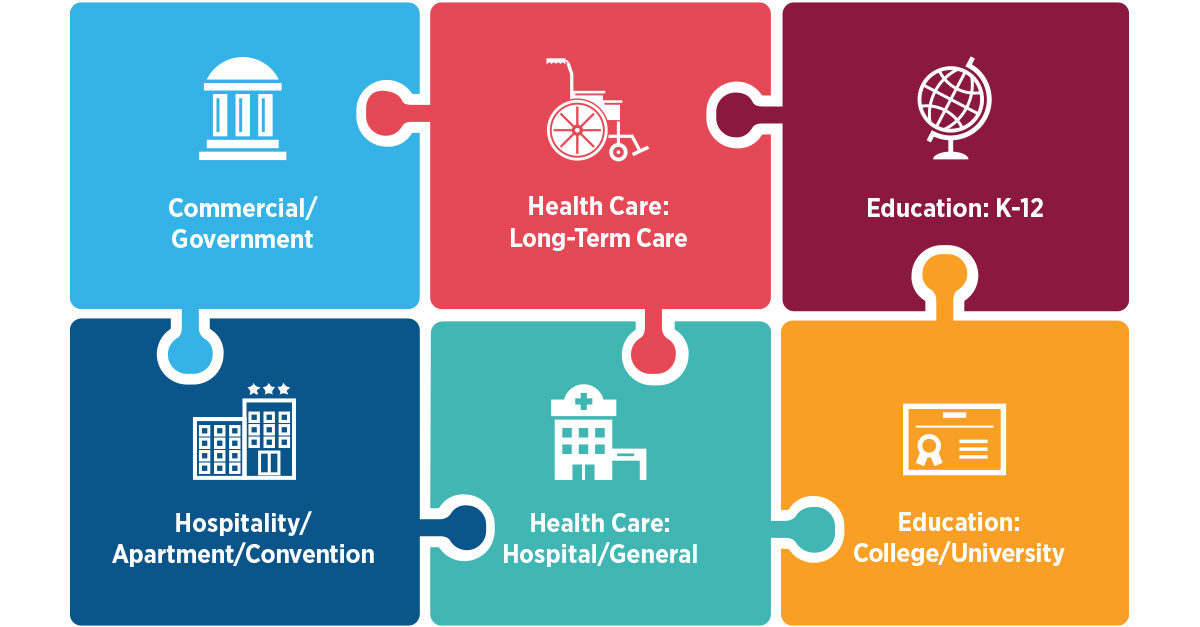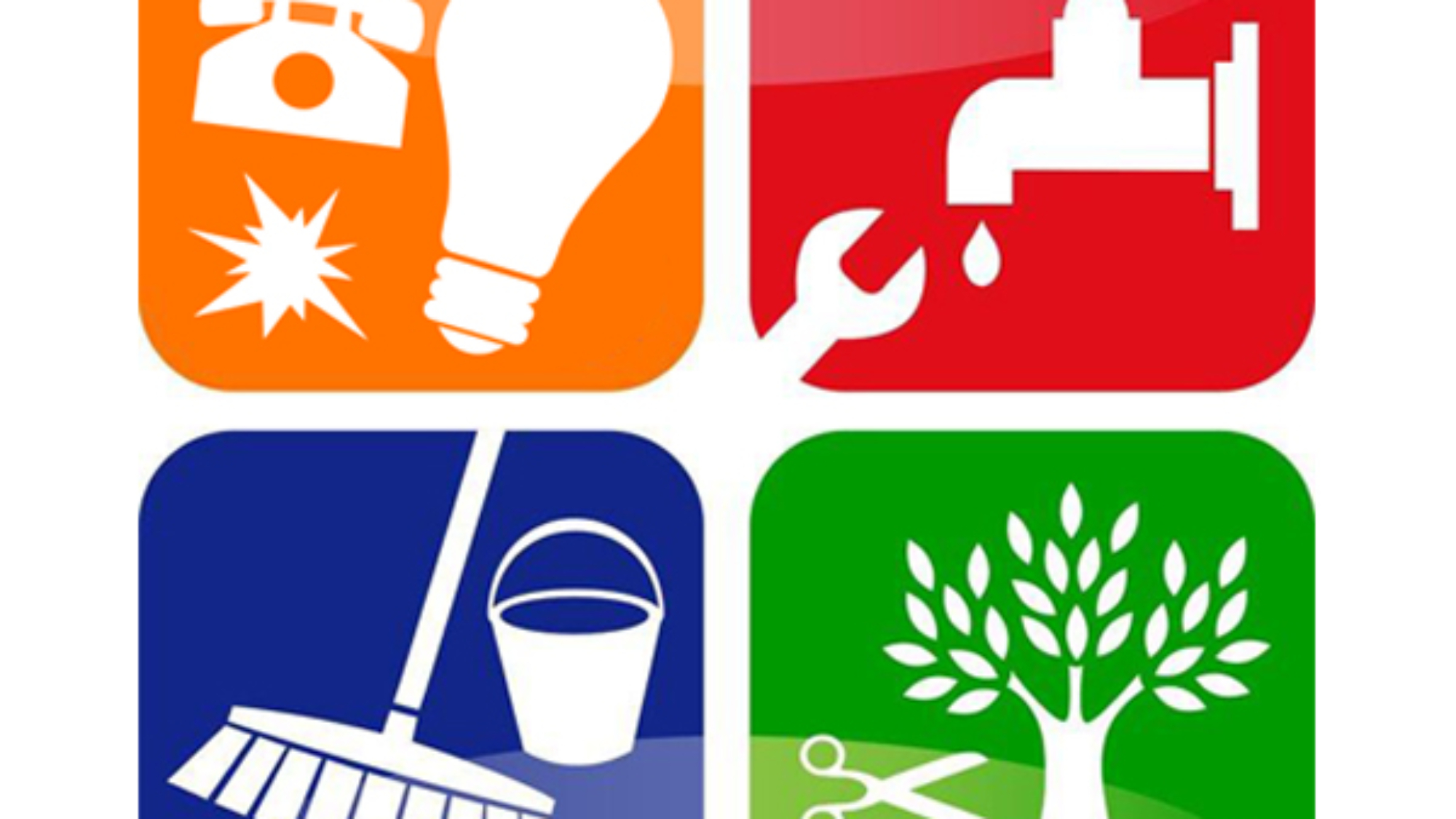Just How Facility Management Improves Work Environment Efficiency
Just How Facility Management Improves Work Environment Efficiency
Blog Article
The Necessary Guide to Center Administration: Strategies for Success
Center management plays a critical function in the overall success of a company, serving as the foundation that supports performance, safety, and performance. By employing tactical approaches such as integrated technical solutions and promoting cross-departmental collaboration, organizations can significantly boost their operational structures. Nevertheless, the nuances of reliable facility administration expand beyond simple logistics and call for a detailed understanding of both qualitative and quantitative metrics. As we explore these vital approaches, a closer evaluation exposes just how they can change not simply facilities, but the very culture within an organization itself. What might these improvements resemble in technique?
Understanding Center Monitoring
What comprises efficient facility management? Effective center monitoring incorporates the sychronisation of different organizational functions to make certain that constructed atmospheres are risk-free, efficient, and for performance. It incorporates the principles of design, design, and organization monitoring to produce a seamless functional flow within a company.
Trick elements of facility administration consist of room preparation, upkeep management, and compliance with health and security guidelines. Area preparation concentrates on maximizing making use of physical sources to sustain business objectives, while maintenance monitoring ensures that facilities are kept in optimum condition, taking full advantage of life expectancy and decreasing functional expenses. Conformity with regulative and legal standards is important, as it safeguards the organization against potential liabilities and enhances its reputation.
Furthermore, efficient center administration counts on the strategic use modern technology, such as Structure Administration Solution (BMS) and Computer-Aided Facility Management (CAFM) devices. These technologies assist in real-time tracking of structure systems and enhance maintenance processes (Facility Management). Ultimately, a thorough technique to facility management not just advertises operational performance however also cultivates a favorable atmosphere for employees and site visitors alike, driving total organizational success

Trick Methods for Optimization
Optimizing center management needs a strategic technique that aligns functional experiment organizational goals. To attain this, the first essential method is the execution of integrated technological options. Utilizing advanced software program systems permits real-time monitoring of facility procedures, facilitating data-driven decision-making and improving total performance.
Secondly, regular evaluations of facility efficiency are crucial. Conducting routine examinations and audits enables facility managers to determine locations that require improvement, guaranteeing that sources are alloted effectively. This positive technique helps in decreasing downtime and boosting service delivery.
Another essential method is cultivating cooperation across departments. By encouraging open communication between teams, facility managers can better align their methods with organization objectives, leading to improved operational synergy. Additionally, engaging staff in training programs promotes a society of responsibility and enhances their capacity to add to optimization efforts.
Enhancing Safety Protocols
Strengthening safety protocols is important for producing a protected atmosphere within facilities. A thorough safety and security procedure not just secures workers and visitors yet additionally boosts operational efficiency. Facility Management. To attain this, facility supervisors need to carry out regular risk analyses to guarantee and determine possible risks that appropriate actions remain in location

Furthermore, clear interaction channels need to be established to report security concerns without delay. This includes producing an obtainable platform for staff members to voice prospective threats or events without concern of reprisal. Leveraging technology can improve safety and security steps; for example, executing security systems and gain access to controls aids monitor facility activities and limit unapproved access.
Lastly, compliance with regional regulations and industry criteria is non-negotiable. Routine audits and reviews of security procedures make certain placement with current legislations and finest techniques. By focusing on these approaches, facility managers can grow a culture of safety and security that shields all stakeholders and inevitably contributes to the company's success.
Improving Work Environment Setting
A favorable office atmosphere significantly improves worker spirits and performance, making it a vital emphasis for facility administration. To develop such an environment, center supervisors must focus on a number of essential aspects, including functional designs, visual appeals, and employee engagement.
Ergonomic considerations are vital to lessen physical pressure and pain. This entails giving flexible furnishings, proper lights, and adequate room for movement. These adjustments can lead to lowered absenteeism and increased job satisfaction.
Looks play a vital role in forming the office environment. Using color psychology, all-natural illumination, and greenery can promote a stimulating and welcoming setting. Attentively made spaces can enhance creativity and improve overall health.
Furthermore, urging staff member involvement with inclusive decision-making processes can enhance the feeling of ownership learn this here now and belonging. Collecting comments on work environment improvements and including workers in the layout procedure can bring about an extra customized setting that satisfies their demands.
Lastly, advertising well-being initiatives, such as health cares and leisure areas, can better add to a helpful workplace culture. By concentrating on these strategies, center supervisors can properly improve the office atmosphere, driving both employee complete satisfaction and business success.
Measuring Success in Facilities
Measuring success in center management needs a thorough approach that examines both measurable and qualitative metrics. Measurable metrics usually consist of vital performance indicators (KPIs) such as area application prices, power intake, upkeep costs, and tenancy levels. These metrics supply a clear picture of functional efficiency and financial performance, enabling center supervisors to recognize areas for improvement and criteria against market criteria.
Qualitative metrics, on the various other hand, concentrate on user complete satisfaction and worker interaction. Studies and responses devices can determine just how well the centers fulfill the needs of passengers, aiding to analyze the total office setting. This facet is critical, as a satisfied labor force is often linked to increased productivity and retention prices.
To properly gauge success, center supervisors must likewise think about integrating technology, such as building management systems and information analytics devices, to gather and assess pertinent information. Regularly reviewing both sets of metrics enables for a more well balanced view of performance and informs strategic choices. Inevitably, an effective center monitoring approach depends upon a commitment to continuous renovation, making sure that both operational efficiencies and individual complete satisfaction are prioritized.

Final Thought
In conclusion, efficient facility administration is essential for boosting organizational efficiency. By executing incorporated technological options, conducting routine analyses, and promoting cooperation throughout divisions, organizations can accomplish optimum resource allocation and functional performance. Prioritizing safety and security protocols and enhancing office environments additionally add to enhanced worker satisfaction. Lastly, gauging success through both qualitative and measurable metrics permits for see post continuous enhancement, eventually bring about decreased operational expenses and an extra productive organizational environment.
Facility management plays a vital function in the general success of an organization, serving as the backbone that supports safety, efficiency, and productivity.Secret aspects of facility management consist of area planning, maintenance monitoring, and conformity with health and wellness and safety regulations.Furthermore, reliable center management counts on the critical usage of technology, such as Structure Monitoring Solution (BMS) and Computer-Aided Facility Monitoring (CAFM) tools. Ultimately, a thorough technique to facility management not just promotes functional effectiveness but additionally promotes a positive setting for workers and site visitors alike, driving total organizational success.
Inevitably, a successful facility administration strategy pivots on a commitment to continual enhancement, ensuring that both functional efficiencies and individual satisfaction are focused on.
Report this page